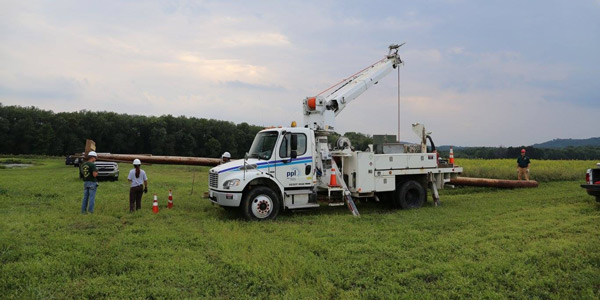By Rory D. Sweeney

The utility, which operates in Pennsylvania, Kentucky and the U.K., said it is not forecasting load growth in the U.S. through the end of the decade. Its previous business plan assumed 0.5 to 1% annual load growth.
Chairman and CEO Bill Spence said the company’s Pennsylvania utility may ask regulators for a rate true-up based on volume. He said there was no “near-term concern” for its Kentucky operations.
“I think the best tool for us to deal with demand, which is flat, is our forward rate years,” added Victor Staffieri, CEO of PPL’s LG&E and KU. “So, we take that into account every time we file [a rate case]. You all know we’ve been filing every two years and so I would expect that would be the best way for us to capture any changes in the … demand.”
The company posted a profit of $292 million ($0.43/share) in the second quarter, compared with $483 million ($0.71/share) a year ago. The decline was primarily driven by lower foreign currency exchange rates, company executives said.
Earnings from ongoing operations were $356 million ($0.52/share), compared with $380 million ($0.56/share) a year ago.
The company reduced its expected annual earnings from its regulated Kentucky utilities by 2 cents/share, attributing the drop to lower electricity sales because of mild weather. For the year, which included Kentucky’s warmest February on record, the company said weather in the U.S. has negatively impacted its results by about 3 cents/share.
However, the company remains confident in its 2017 earnings forecast of $2.05 to $2.25/share, a 5 to 6% compound annual growth in earnings per share and a 4% growth in dividends through 2020.
The British pound, which fell from about $1.48 to as low as $1.20 following the U.K.’s vote in June 2016 to leave the European Union, has since rebounded to about $1.30. The company said it can reach the low end of its projected EPS even if the pound hits parity with the dollar.
“We’re executing very well on our low-risk business plans,” Spence said.
[Editor’s note: Quotes from conference call courtesy of Seeking Alpha.]





